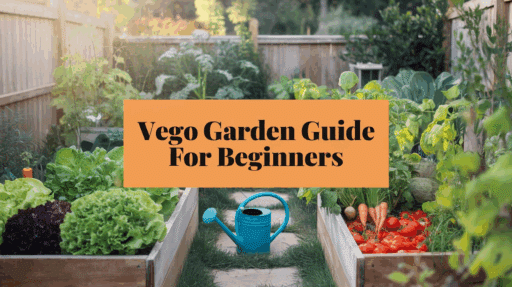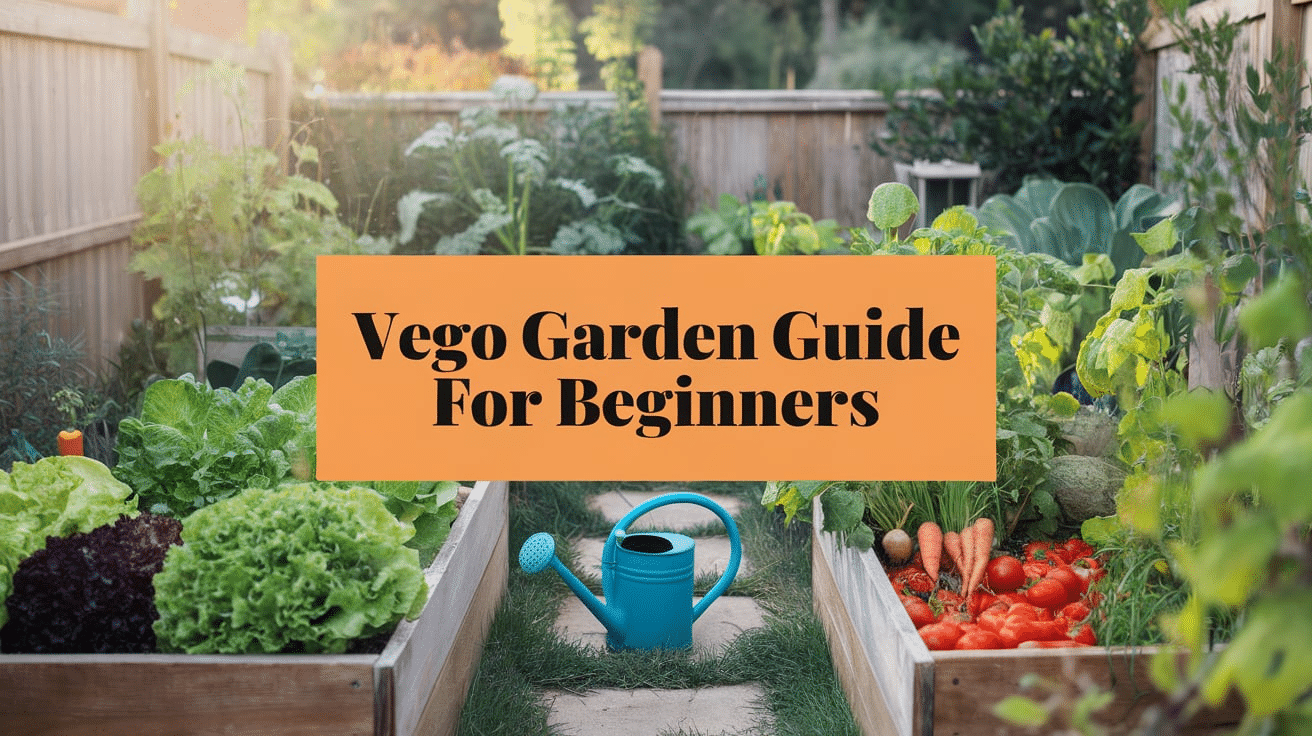I have always wanted fresh vegetables at home. Growing a vego garden lets me eat healthy food. My first garden was small and full of mistakes. I learned simple steps to plan, plant, and care for each vegetable.
In this blog, I will share the tips I use. You will see how to pick a sunny spot and prepare the soil. I will show you how to choose seeds and start seedlings. You will learn when to water and how to weed with ease.
We will talk about simple tools that cost little. You don’t need a large space or fancy gear. A few pots or a small patch will work. I’ll guide you through every step. It’s easier than you think. Let’s dig in and get growing!
Just a quick note: If this sounds overwhelming or you don’t have time to do it on your own, you can always get a professional to do it for you. As long as you choose a company with good customer reviews like Louisville Landscape Pros, you’ll be able to entrust everything to them with peace of mind
Why Start a Vego Garden?
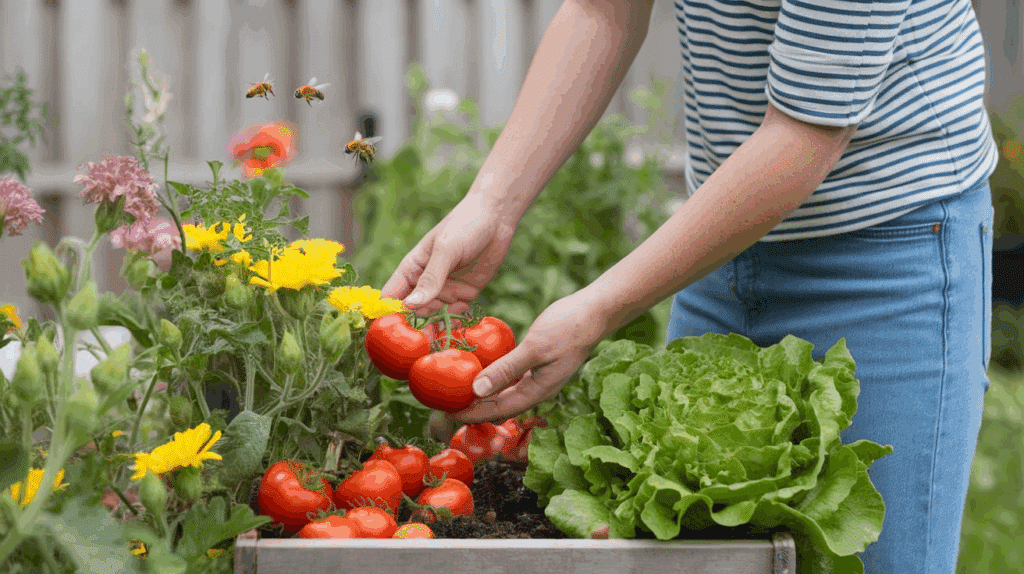
Growing vegetables brings fresh produce to your table. You’ll see and taste each vine-ripened tomato and crisp lettuce leaf at its best. A vego garden helps you eat better. You can skip sprays and choose organic seeds. That means more vitamins in your meals.
It also saves you money. A small packet of seeds costs little but can yield a multitude of fruits and vegetables. Over a season, you can cut down on grocery bills. Gardening works your hands and your mind. Planting seeds, pulling weeds, and watering plants can feel calm. It can lift your mood on busy days. Kids can learn about nature, too.
Even a small plot can help bees and butterflies. Plants clean the air and reduce waste. All you need is sun and care to grow food.
Essential Tools and Supplies
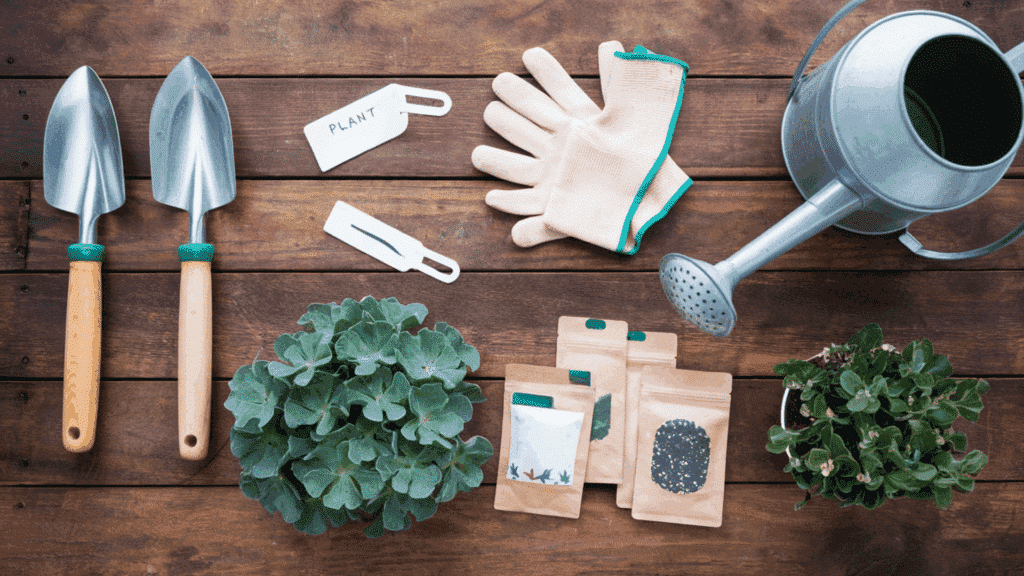
Before you begin, gather the following basic tools and supplies. You do not need fancy gear.
- Hand trowel and garden fork: For digging small holes, loosening soil, and weeding.
- Watering can or hose with gentle spray: To water seedlings without washing them away.
- Gloves: To protect your hands when digging or handling thorny plants.
- Rake: To level soil and clear debris before planting.
- Garden stakes or plant supports: To hold up tall or vine plants like tomatoes and beans.
- Pots or raised beds: If you lack garden space, use containers filled with good potting mix.
- Soil and compost: A mix of native soil and compost gives plants nutrients and holds moisture.
- Plant labels: A small stake and label help you remember what you planted where.
With these tools in hand, you’ll work faster and keep your garden neat. You can typically find most items at a local garden store or purchase them online.
Steps to Building Your Own Vego Garden
Through these steps, you’ll learn how to pick a spot, prep the soil, and choose the best seeds. Then you’ll plant, water, and care for your young veggies:
1. Choose the Right Spot
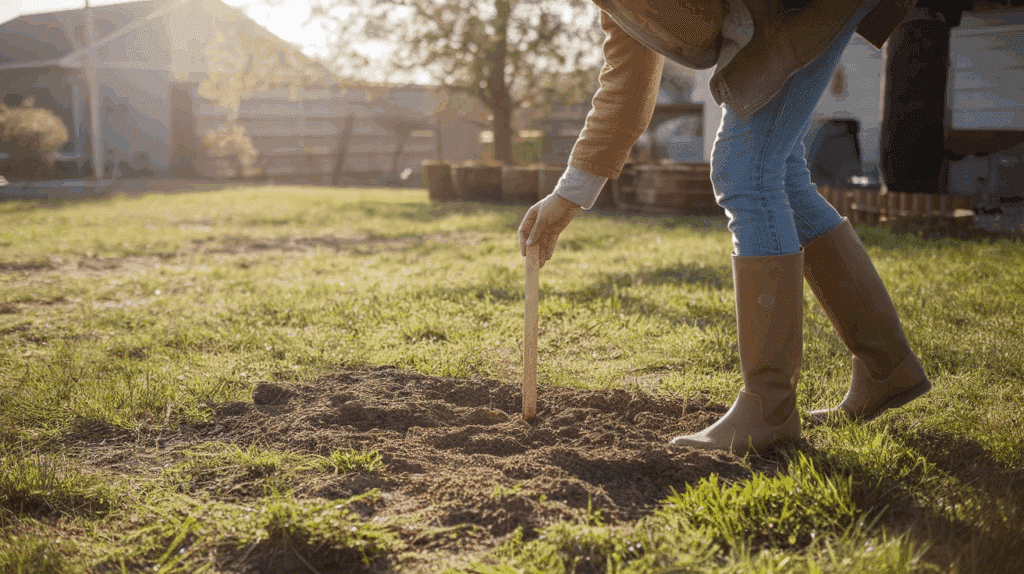
Find a place that gets at least six hours of sun each day. Sunlight helps veggies grow strong. Ensure the area drains well so that water doesn’t pool after rain. If you have a shady yard, consider using raised beds or large pots and relocating them to catch the sun.
2. Test and Prepare Soil
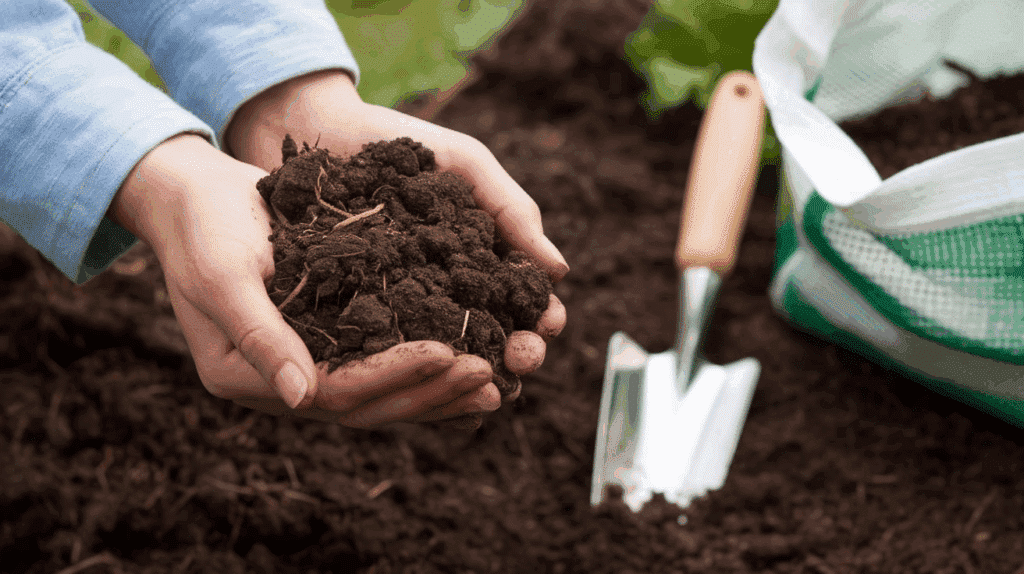
Good soil is full of nutrients. Dig down a few inches and look at the color and texture. If it feels hard or looks pale, mix in compost or well-rotted manure to improve its texture. Compost adds plant food and helps soil hold water. Rake the area smooth when you’re done.
3. Plan Your Garden Layout
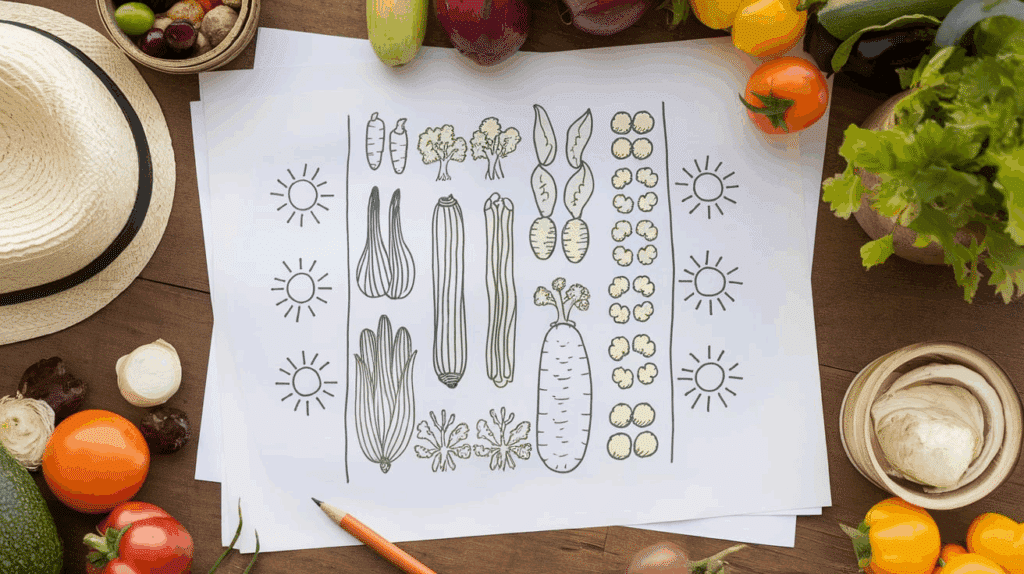
Draw a simple sketch on paper. Mark the locations of the paths, beds, or pots. Leave at least 18 inches of space between rows to allow for easy walking and weeding. Group tall plants (like corn or tomatoes) behind shorter ones so they don’t block the sun. This sketch will guide your planting.
4. Pick Your Seeds or Seedlings
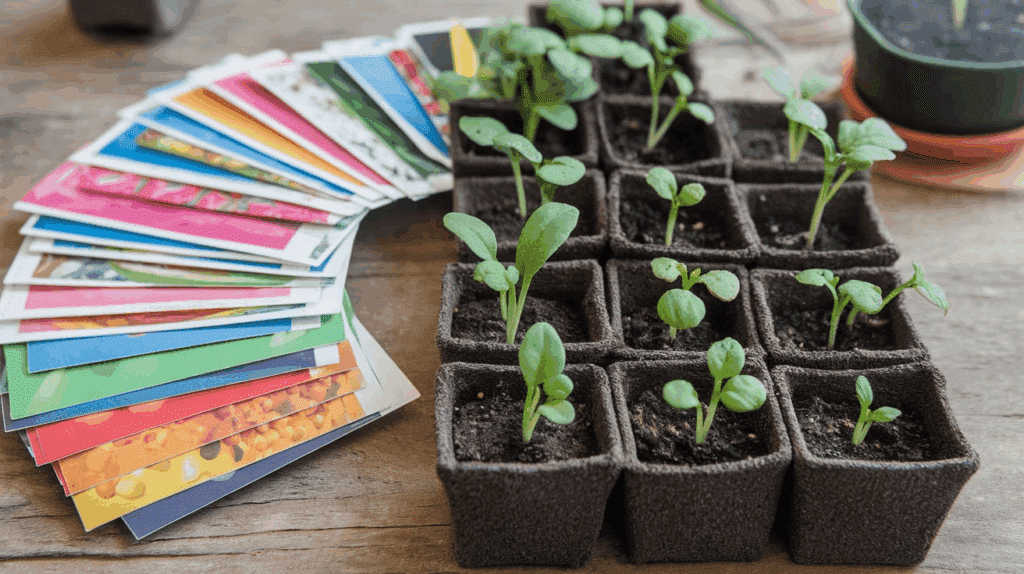
Decide which vegetables you want most. Look for varieties that are well-suited to your region. Check seed packets for days-to-harvest to match your season. Seedlings (young plants) give you a head start if your season is short. Buy healthy, green seedlings with no spots.
5. Plant Your Garden
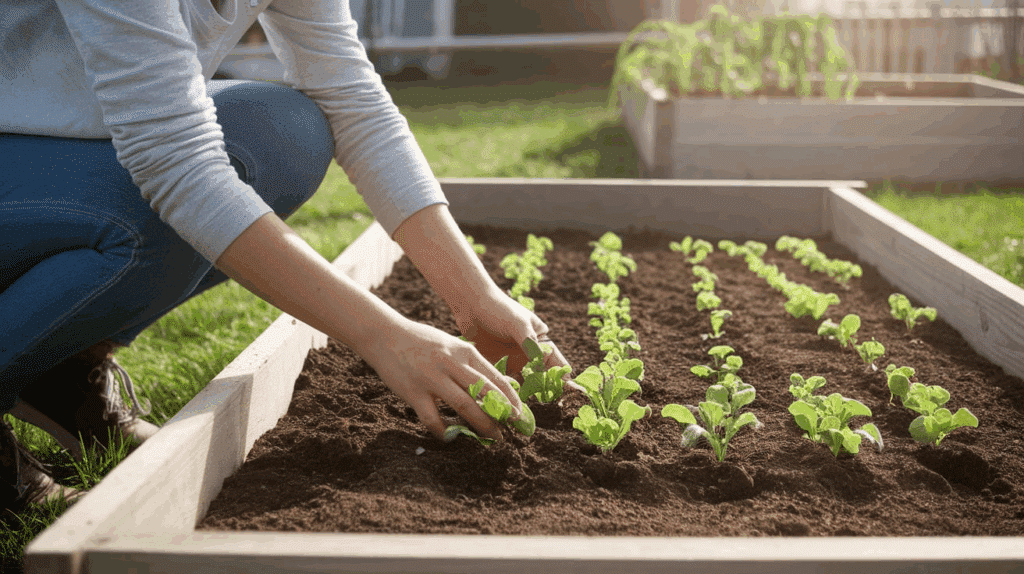
Follow depth and spacing on seed packets or plant tags. Make small holes or trenches, place the seeds or seedlings, and then cover them lightly with soil. Press down gently so plants touch the soil well. Water the area softly right after planting to help roots settle.
6. Water and Mulch
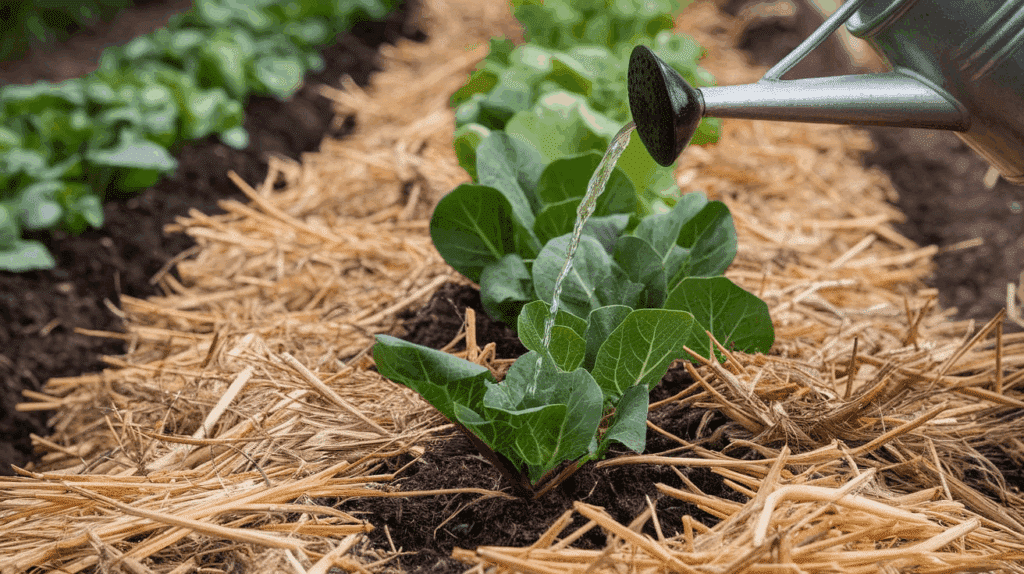
Keep soil evenly moist but not soggy. Water in the morning so leaves dry by evening. A drip hose or watering can works well. Add a layer of mulch—such as straw, grass clippings, or wood chips—around plants. Mulch holds moisture and stops weeds.
7. Care and Maintain
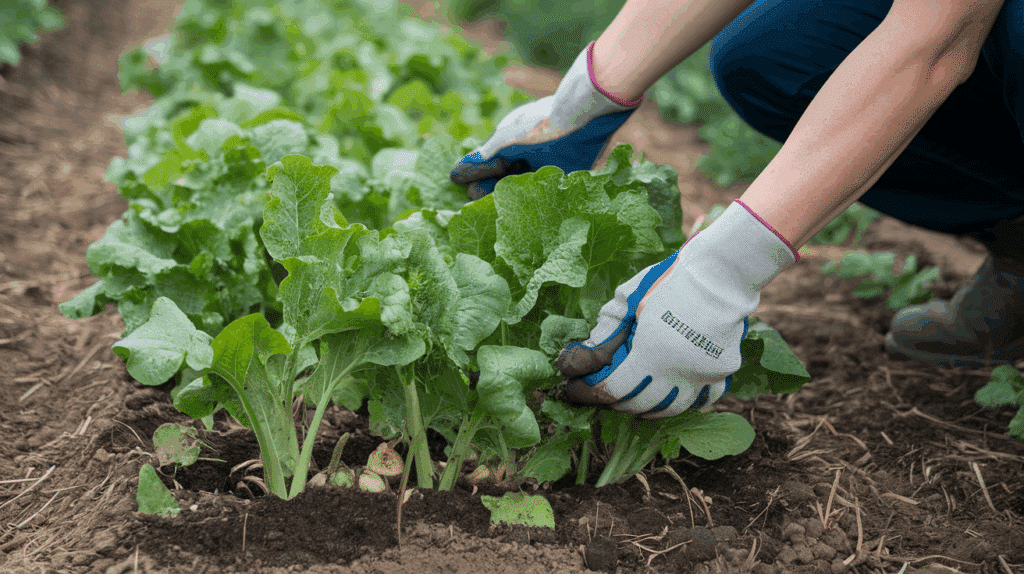
Check your garden every few days. Pull weeds before they grow tall and steal water. Look under leaves for signs of bugs or disease. Snip off any dead or yellow leaves. Feed plants with a light, balanced fertilizer every 3–4 weeks if growth slows.
8. Harvest Your Veggies
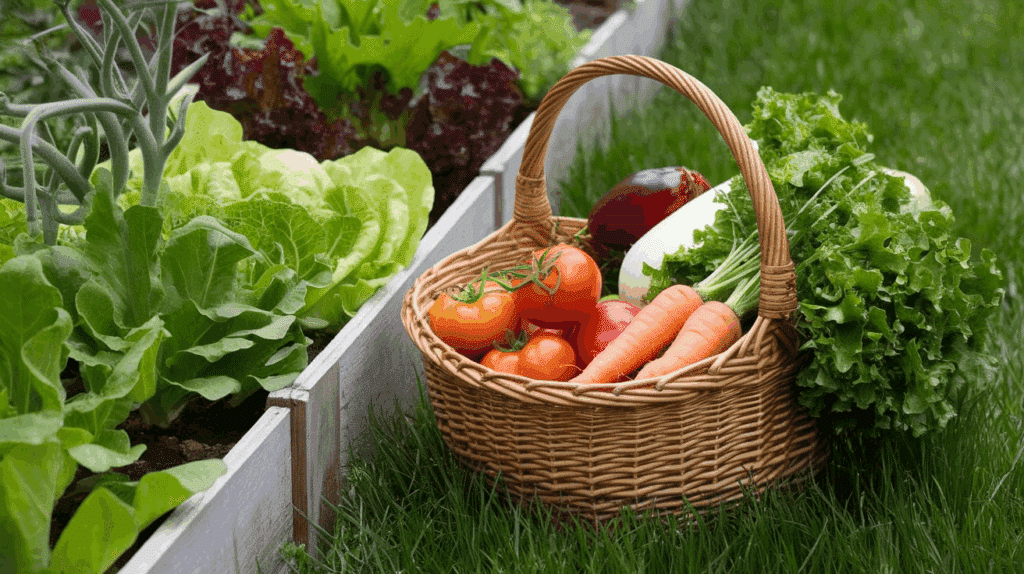
Select vegetables when they appear ripe and firm. Snap peas when pods feel full. Cut tomatoes when they turn a bright red or orange color. Use scissors or small shears to avoid tugging roots. Harvest often to encourage more fruit and keep plants healthy.
9. Storing and Using Your Harvest
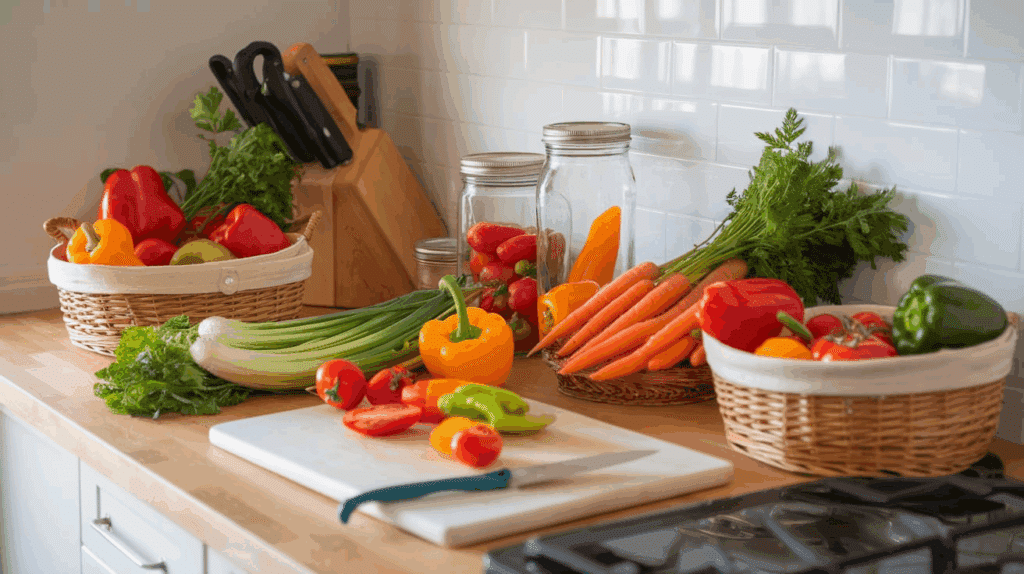
Store leafy greens in the fridge wrapped in a damp cloth. Firm vegetables like peppers and squash last on the counter for a week or two. Freeze or can the excess harvest. Dry herbs for long-term storage.
10. Extending Your Growing Season
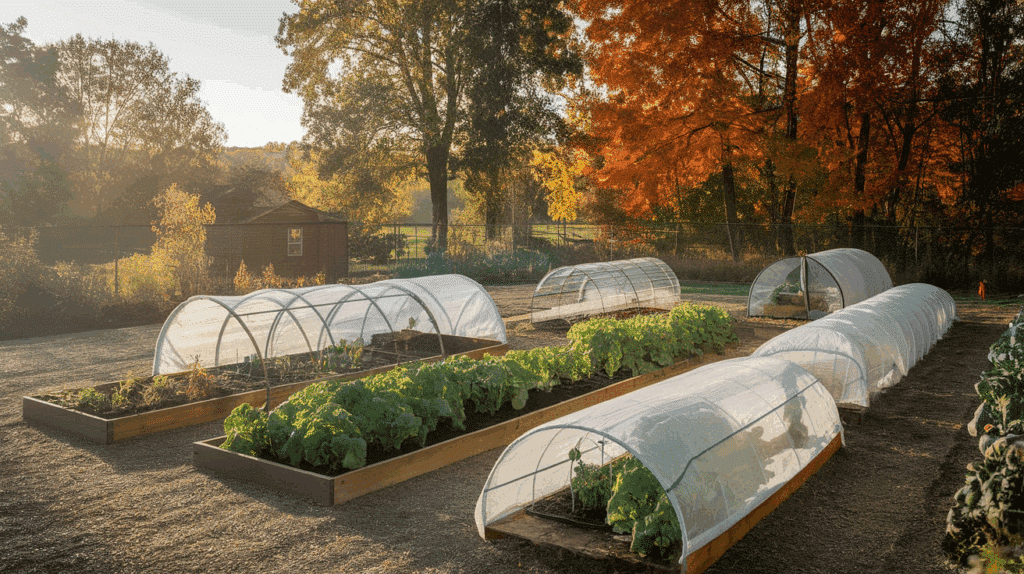
Use row covers, cold frames, or low tunnels to protect plants from frost. Plant quick crops like radishes or lettuce in early spring. In the fall, plant cover crops to protect the soil.
Pest and Disease Management
Pests and diseases can harm young plants. Use these simple steps to keep them in check:
- Check plants often. Look under leaves for insects or eggs. Remove pests by hand when you see them.
- Create barriers. Lay crushed eggshells or coffee grounds around seedlings to block slugs and snails.
- Use soapy water spray. Mix a few drops of mild dish soap with water in a spray bottle. Spray pests gently, then rinse after a day.
- Rotate crops each year. Don’t plant the same family of veggies in the same spot. This cuts down on soil-borne diseases.
- Remove diseased leaves. Remove any yellowing or spotted leaves and discard them in the trash. Do not compost them.
By identifying problems early and utilizing these non-toxic methods, you can safeguard your garden without resorting to harmful chemicals.
Troubleshooting Common Problems
Even with good care, problems can pop up. Here’s how to fix a few common issues:
- Yellow leaves: Often a sign of overwatering or poor soil. Check that the soil drains well. Reduce watering and add compost to nourish your plants.
- Wilting plants: Can mean too little water or too much heat. Water deeply in the morning. Provide shade cloth or move pots to a cooler spot on hot days.
- Slow growth: May be due to a lack of light or nutrients. Ensure plants receive at least six hours of sunlight. Add a light, balanced fertilizer if leaves stay pale.
- Holes in leaves: Usually from caterpillars or beetles. Pick pests off by hand and drop them into soapy water. Use a floating row cover to block insects.
- Flower drop: Tomatoes or peppers may drop flowers if nights are too cool or too hot. Maintain even soil temperatures by using mulch and covering plants on cold nights.
Watch your garden often. A small change early can save a whole plant later.
Budget-Friendly Garden Hacks
You don’t need to spend much to grow good food. Try these low-cost tricks:
- Upcycle containers: Use old buckets, tubs, or even milk crates as planters. Just drill holes for drainage.
- Build raised beds from scrap wood or pallets: Cut and stack boards to your bed height, line with landscape fabric.
- Collect rainwater: Place a barrel under your gutter to catch rainwater. Use it to water your garden for free.
- Make your own compost: Save kitchen scraps, such as vegetable peels and coffee grounds. Mix with yard waste in a simple bin.
- Join a seed swap or plant swap: Trade extra seeds or seedlings with friends or local gardeners instead of buying new packs.
These hacks reduce costs and prevent waste from going to the trash. They help stretch your garden budget every season.
Conclusion
Starting your own vego garden is a great way to enjoy fresh food and spend more time outside. It does not have to be hard or expensive. With a little planning, you can grow healthy vegetables in your backyard, on a balcony, or even in a few pots.
Good soil, plenty of sunlight, and regular watering are the keys to success. You also need to check your plants often and fix small problems early. This keeps your garden healthy and growing strong.
Gardening is a good way to relax and stay active. It feels good to see your hard work turn into real food you can pick and eat. You also help the environment by growing your own food and using eco-friendly ways to care for your plants.
Every small step makes a big difference. Start simple, keep learning, and enjoy the process. Your vego garden will reward you in so many ways.
Ready to take your garden to the next level? Learn how to add a clean, stylish edge by reading our Step-by-Step Guide on Laying Bricks for Garden Edging!

